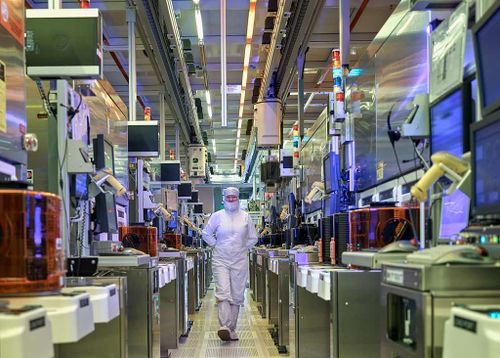The recent article in The New York Times, $100 Million Was Once Big Money for a Start-Up. Now, It’s Common, prompted my thinking about the title’s observation that it is “common”. I didn’t truly understand its implication until the emails started coming in from early-stage private company CEOs with links to the article asking if I had seen it and whether they need to be looking at a mega-round in order to get VC attention. WHAT? More insidious was the implication that THEY could raise that much money for their companies.
The data cannot be denied; mega-rounds are a reality. They are driven by lots of capital seeking outsized investment returns, fund sizes that require large checks to be written in individual investments and the investor defining an investment thesis that they then look for a company that fits the thesis. The result is large funding rounds to overwhelm potential competition and accelerate the speed of executing on the business plan. This is particularly evident in the case with SoftBank’s support of WeWork to expand across markets and geographies and unleash a new wave of productivity around the world. It is a classic landgrab where market dominance will be attained by the ubiquity of the platform.
While there have been over 500 mega-rounds since the beginning of 2017, there are thousands of other start-up financings at more traditional sizes and valuations. These business plans could not support the raising of $100+ million or provide the risk-adjusted return expected from the investors. I call this the bifurcation of start-up capital driven by new investors with large checkbooks and a willingness to swing for the fences in dominating a potentially enormous market. The article identified SoftBank, Tencent Holdings, GIC, Temasek Holdings, Alibaba and Sequoia Capital China among the most active investors in mega-rounds. Except for separate VC funds in the Sequoia family, you don’t see these names in the $5-20 million rounds that still dominate the start-up financing world in terms of number of deals.
We have seen this happen before where certain technology subsegments raise disproportionately large rounds compared to average/typical fund raises. In the 1980s, the rapid advancements in biotech resulted in very large capital raises to support the incredible cost and lead time to go through the FDA approval process, where approval was no certainty. It was not uncommon for companies to raise 2-3 years worth of the estimated cash burn of the business in hopes that FDA approval would occur before the cash ran out. Around the same time, advances in microprocessor design led to a new group of fault tolerant server platforms and a competition to dominate the emerging space. One example in 1986 was Stratus Computer that raised the (at the time) unprecedented venture capital amount of $25 million.
I will watch these mega-rounds about the same way as I watch Unicorns…a subset of the market that does not represent a larger trend or a shift away from what we traditionally see as the path to funding for most start-up companies.
Bradford Harries is a partner of Chessiecap Securities, a FINRA registered broker-dealer that provides investment banking services including capital raising, M&A and other corporate finance services. He is a graduate of Stanford University with an AB in Economics and MBA. His Wall Street career began in 1979 and has particular expertise with respect to technology and emerging growth industries.










